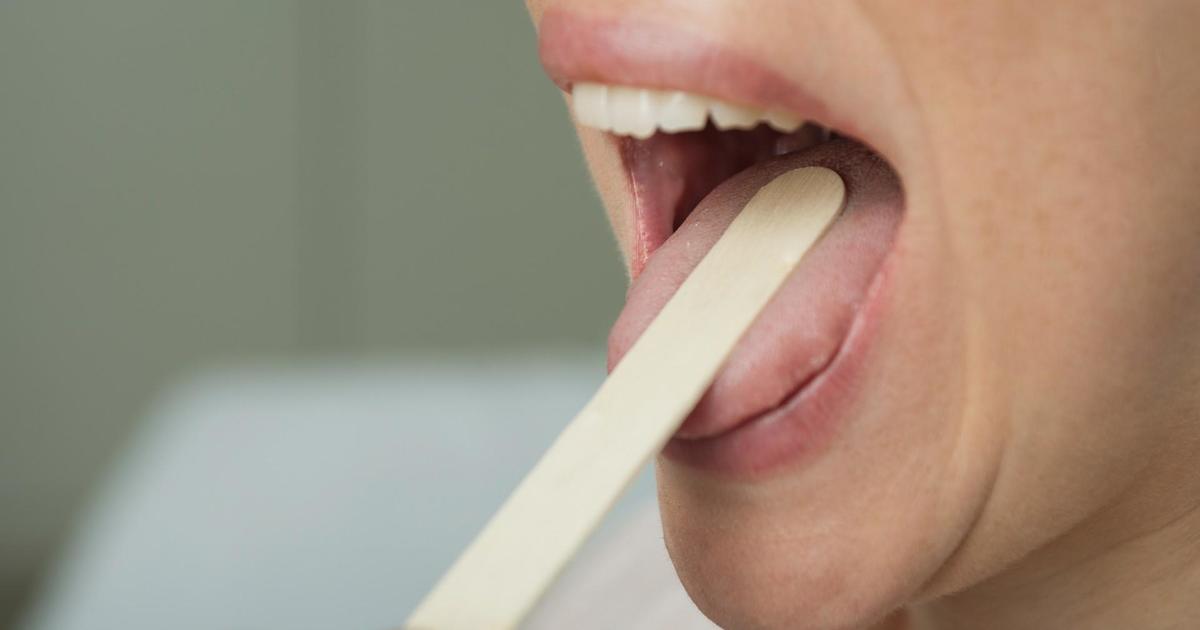Woman Shares Story Of Surviving Disfiguring Skin Cancer
MIAMI (CBS4) - Raquel Guckeen has a new morning routine: dabbing anti-scaring lotion on her face to help it heal where she had surgery.
The 44-year old looks in the mirror and must face a new reality... remembering that scars are only skin deep.
"I know I won't look like this forever," said Guckeen. "I was once a teenage girl who wanted to tan because it made me feel beautiful. It's not worth it. I used to think, it will never happen to me. Well here I am, it did."
Raquel wants you to look closely at the aftermath of skin cancer. Stare, she said, if it can stop another statistic. "In high school before prom, I wanted to tan, before a gymnastics meet I would go tanning in a tanning booth. As a physical education teacher I am outside a lot in the fall and the spring, and I learned my lesson the hard way."
The bronzed decades began to betray Raquel three years ago, when she noticed a spot on her cheek.
"When I would wash my face it would bleed. It would go away and come back," she explained.
Surgery soon removed basal cell carcinoma. This is an example of what mole surgery is when they go layer by layer. But the procedure couldn't reduce the risk, and this year Raquel worried about a second scar-like spot on her nose.
"They literally when they did the surgery had to take off almost the entire top of my nose," Raquel reluctantly confessed. "You could have heard a pin drop in the room. There was no conversation, there were tears running down my face."
Her dermatologist, Dr. Jeff Squires, told Raquel her appearance would best be restored by what's known as a forehead flap.
"We take a piece of tissue cut from her forehead and then turned down connected to her nose, at which, later it's divided after this has healed," explained Squires.
The fingerlike attachment on Raquel's nose is skin transplanted from Raquel's forehead.
"I literally had a hole in the middle of my head. I had staples up into my scalp, tons of stitches. It was very hard when I took the gauze came off," Raquel said.
Dr. Squires insisted that Raquel is an extreme case becoming more common. Today, he'll remove a suspicious mole from a woman in her twenties, and test it for melanoma.
"Twenty some years ago when I started if we saw someone with skin cancer under age 40, it would be very odd. And now we are seeing 30-year olds, 20-year olds... partly because of recreational sun use, increased use of the tanning booths, and just longevity of patients. So I think there are a lot of people out there who have skin cancer," said Squires.
After six weeks with her forehead flap, Raquel will have a second reconstructive surgery to shape her new nose.
" That was a tough day, really tough day," she said as she held photos after surgery looking at the gaping hole in her nose.
Through it all, she chooses to hold her head high.
" My daughter is like 'nope, you gotta smile. It shows your inner strength, mom. You gotta do it'," Raquel recounted
Raquel hopes all young women learn to re-define beauty. As she looked at old photos of her tanned body from the 80s, she realized that if she'd only understood back then, those carefree days at the beach would come with such a devastating consequence.
This is how Raquel looks now after her second reconstructive surgery. 3-point-5 million patients like her are diagnosed with this kind of skin cancer each year, and it kills 3,000 people.
Dr. Squires said early detection can begin with self skin exams. He also encourages us all to use sunscreen with an SPF of 35-to-50. Also you should try to avoid the sun between 10am-2pm.



